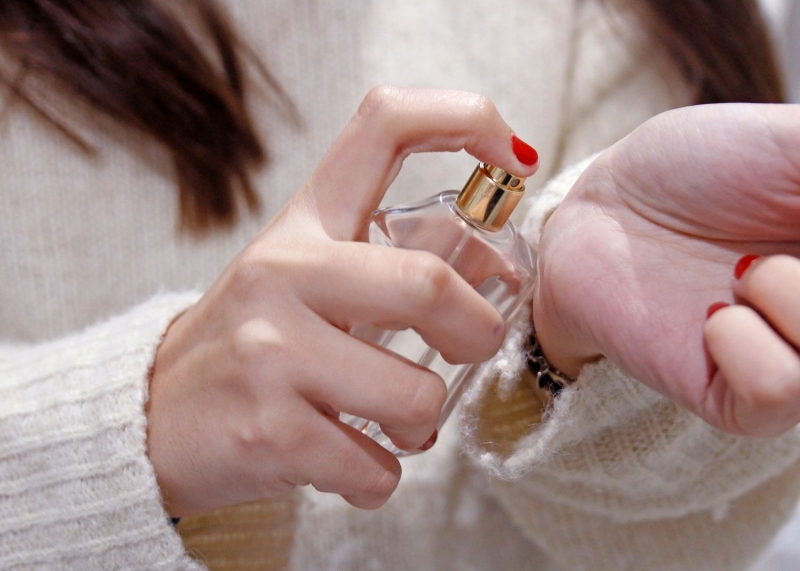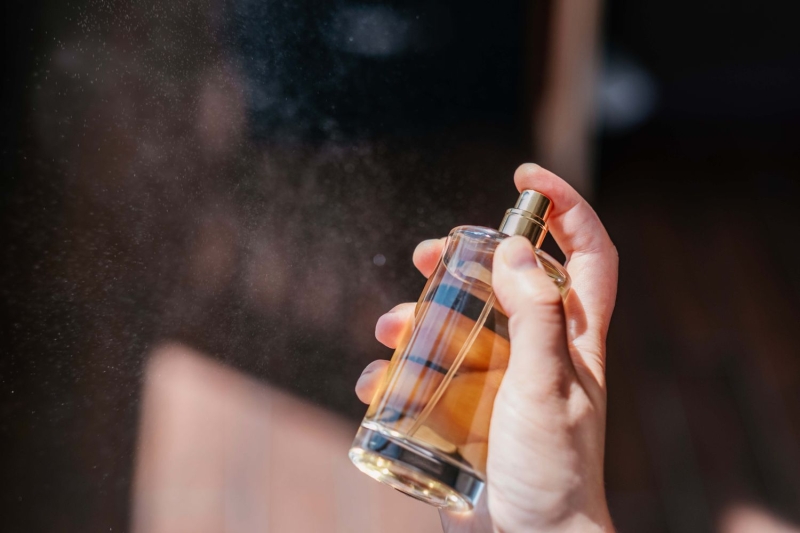Contents

Your favorite scent can smell better for longer with these basic application tips. “Proper use ensures fragrance layers are fully appreciated and interact optimally with your skin’s natural oils, producing a unique scent for the wearer and anyone else nearby,” says Jonnie Swarbrick, the creative director at Fragrance Du Bois.
Ahead, fragrance pros on how to get it right.
Hydrate the Skin
Experts suggest applying an unscented body lotion out of the shower while your skin is still damp, as properly moisturized skin is more receptive to absorbing fragrance. “Hydrated skin retains natural oils, acting as a base for fragrance to adhere to. Also, retaining those natural oils ensures the scent profile will differ from person to person,” says Marie du Petit Thouars, the founder and creative director of Maison Louis Marie, who notes dry skin has a rougher texture and microscopic fissures that prevent fragrance from adhering well. Be sure your skin is dry before application, as excess water can dilute fragrance and affect its longevity.
Apply to the Pulse Points

Applying scent to pulse points such as the wrists, inside the elbows, on the neck, and behind the knees will utilize the body’s heat to activate and amplify the fragrance’s molecules, adding to its longevity and intensity. “Pulse points are the warmest areas of your body, where blood vessels are located closest to the skin,” says Courtney Somer, CEO and founder of Lake & Sky. “They help emit scent and make it last longer.” Adds Swarbrick, “Applying fragrance to more than one pulse point will enhance the scent’s presence and ensure a balanced diffusion throughout the day.”
Let the formula absorb into your skin on its own. “Don’t rub your wrists together as friction can heat up the skin and alter the formula’s molecules, accelerating evaporation and throwing off the scent profile,” adds du Petit Thouars. Also pass on perfume clouds, as spraying fragrance into the air and walking through it can lead to a significant amount of waste when any droplets end up on the furniture or floor. “Plus, direct application ensures the fragrance is concentrated on the body, where it can interact properly with the skin's chemistry,” says Swarbrick.
“Spraying behind your knees creates a more subtle pulse point experience than if you sprayed your neck – you’ll get a whiff now and then rather than continuous exposure,” says Frank Voelkl, a senior perfumer at Firmenich.
Layer the Fragrance
Layering will make a scent last longer, especially when combined with a body wash and lotion in the same scent formula. “It’s always safest to stick with scents in the same olfactive family as there’s a better chance the individual notes will work harmoniously together,” says du Petit Thouars.
To test how well two different scent work together, spray some fragrance blotters (or any stiff, textured card) with different scents to see if they complement each other. “Spray the stronger scent first and then top it with the lighter fragrance so the second scent isn't overpowered," says Swarbrick. This way you’ll get to see how the dry-down or base notes smell and how long the perfume combo lasts.
“A lot has to do with the kind of scents you’re layering,” adds Voelkl. “For example, if you were to apply a light citrus scent and then add a woody musk on top of it, you’d increase the fragrance’s lasting effect as woody and musky notes typically last longer than citrus.”
Control the Pump

Some fragrance pumps spurt out a poof while others rely on a continuous spray. “I would encourage one to three sprays, then wait a few minutes if you want to intensify the scent with any additional spritzes,” says du Petit Thouars. How to tell if you’ve applied too much? “It’s not easy, but there are some telltale signs you can look for, such as if you can no longer smell any other scents around you or if you start to get a slight headache or feel nauseous. “You should think of your personal fragrance as something that enhances, not masks, you and everything around it,” adds du Petit Thouars.
Give your fragrance bottle a pump in the air if you haven’t reached for it in a while as the first spray (which will include residue in the nozzle) can contain perfume that may be partly oxidized.
Use Long-Lasting Scents
“There are many commonly used base notes, including vanilla, sandalwood, cedarwood, musk, and patchouli that will generally anchor a fragrance and contribute to the longevity of the overall scent profile,” says du Petit Thouars. (Three fragrances with those bottom note ingredients: Sol de Janeiro Brazilian Crush Cheirosa 62 Perfume Mist, Dime Dans Les Bois and Guerlain Santal Pao Rosa.) “Many floral and citrus notes will show up in top and middle notes since they’re more volatile in nature and will evaporate more quickly,” adds du Petit Thouars.
Frequently Asked Questions
- Do synthetic or natural fragrances last longer?
Because natural fragrances use essential oils taken from plant material, they may break down and degrade faster than their synthetic counterparts. “Technically, synthetic fragrances will last longer since they are chemically more stable compared to a natural essential oil,” says du Petit Thouars. “It’s not the best analogy, but consider a bouquet of fresh flowers and ones made of plastic – which one will last longer?”
- What makes a hair fragrance different from a traditional scent?
“Hair fragrances typically use a lot less alcohol—sometimes no alcohol at all—making them a good option for those with skin sensitivities or dry hair,” says du Petit Thouars.
- Is it a good idea to spray your clothing?
If you sweat a lot, the natural oils on your skin can alter your scent. And if you have sensitive or eczema-prone skin, certain fragrances could worsen your condition. In these cases, it makes sense to spray your clothing. “However, fragrance should not be applied to fabrics like nylon or polyester, as these materials don’t hold scent well,” says Somer. “And keep in mind some materials, like silk, may stain.” Make sure you pay close attention to what you’ve sprayed on your clothes in the past, adds Voelkl, as fabric tends to hold fragrance residuals and you don’t want to overdo it.

